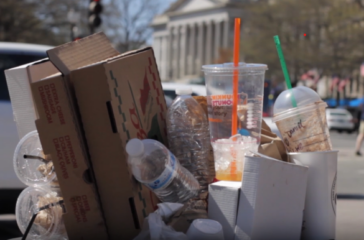“Defend or be damned” – How a US company uses government funds to suppress pesticide opposition around the world
By Carey Gillam, Margot Gibbs and Elena DeBre
In 2017, two United Nations experts called for a treaty to strictly regulate dangerous pesticides, which they said were a “global human rights concern”, citing scientific research showing pesticides can cause cancers, Parkinson’s disease, Alzheimer’s, and other health problems.
 EWG
EWG
